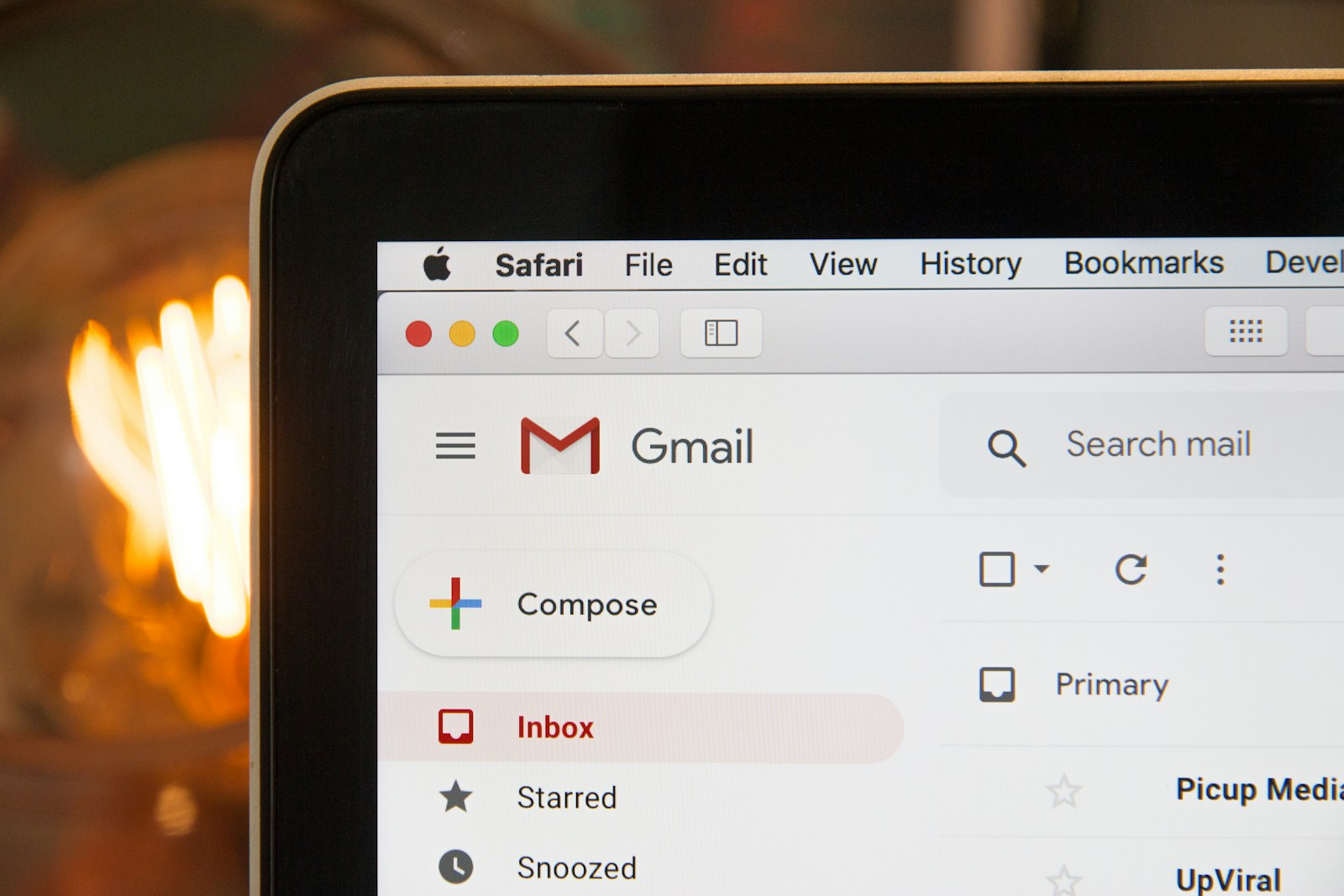No, if you forward an email, the original sender won’t know about it. Email clients don’t include any sort of notification mechanism for forwarding. The original sender will not receive a notification or indication that the email has been forwarded. This holds true across most email platforms. Nevertheless, there are indirect methods the sender may employ to infer that their email was sent to additional recipients, such as a recipient informing them or including them in the forwarded message unintentionally.
Email forwarding is an action that is not visible to the original sender by default. This means that there is no automatic function within the email system that alerts the sender when their email has been forwarded. However, it’s important for users to handle this with care, especially in professional communication where privacy is important. When forwarding emails, it is considered best practice to ensure that you have permission to share the information, particularly if the content is confidential.
Why Can’t The Original Sender Tell?
When you forward a message, you’re essentially creating a brand-new email. This new email has its own headers and its own path that will go to the new recipient(s) you designate. Here’s what’s included and what’s not:
| Feature | Included When Forwarding | Not Included When Forwarding |
|---|---|---|
| Email Headers | New headers created | Original headers not shown |
| Message Body | Yes | Yes |
| Attachments | Yes | Yes |
| Original Sender | Visible in message body | Doesn’t know about forwarding |
| Original Recipients | Visible in message body | Don’t know about forwarding |
Special Cases to Consider
While most people won’t be able to tell if you’ve forwarded their email, there are a few exceptions to be aware of:
- You reply to the original email chain. If you reply to an email thread instead of forwarding, and the original sender is included, they’ll see your reply.
- You use specialized email software. Some corporate email programs might have features that track forwarding, but this isn’t standard.
- The recipient tells the original sender. This is the most likely way for someone to find out their email’s been forwarded!
Key Takeaways
- Original senders are not notified when their emails are forwarded.
- Indirect methods may reveal forwarding actions.
- Privacy and permission are key when forwarding emails.
Understanding Email Forwarding and Recipient Visibility
When you forward an email, the ability of the original sender to know about this action can vary. This section explains how email forwarding works and when the original sender might see that their email has been forwarded.
The Essentials of Email Forwarding
Email forwarding is the process where an email recipient chooses to send the received message to another person. Forwarding keeps the original content and often adds the new recipient in the ‘To’, ‘Cc’, or ‘Bcc’ field. The ‘Cc’ (carbon copy) field displays the email addresses to all recipients, while the ‘Bcc’ (blind carbon copy) field keeps them hidden.
Email Clients and Server Protocols
Email clients like Gmail or Outlook enable forwarding. These clients operate using server protocols such as POP, IMAP, or SMTP. POP downloads emails from a server for permanent storage on a device. IMAP provides email access from any device by keeping them stored on the server. SMTP is the protocol for sending messages. The protocols work with the email servers to process the sending and receiving of messages.
Visibility of Forwarded Emails to the Original Sender
The original sender typically cannot see if their email was forwarded. However, email tracking, when used, can sometimes reveal this activity. Tracking often involves small images or pixels that notify the sender when the email is opened. Some email clients also include features that notify senders of forwarding. Email headers can show recipient details, but standard email protocol does not notify the original sender about forwarding. Privacy and confidentiality are crucial, and one should consider these when forwarding emails.
Best Practices for Forwarding Emails
Effective email forwarding respects privacy and ensures confidential data remains secure. This section outlines methods to maintain confidentiality, manage consent, and use technology to control email forwarding.
Maintaining Confidentiality and Privacy
Email users should remove or edit sensitive information before forwarding an email. They must check the email chain for hidden data that could breach confidentiality. Encryption offers an extra layer to secure contents against unintended recipients. It’s vital to confirm that the communication does not reveal personal data not intended for others. Regularly review email client settings to optimize privacy controls.
Obtaining Consent and Managing Permissions
In professional settings, gaining consent from the original sender before forwarding their message fosters trust. This approach prevents confusion and privacy risks. When sending mass emails with sensitive details, use BCC to conceal recipients’ identities from each other. Email etiquette suggests informing participants in a thread if the chain may be forwarded to others.
Using Technology to Monitor Email Forwarding
Several email platforms offer features to monitor or restrict forwarding. Implement tracking information or read receipts to gauge email movements and individual tracking. These tactics reinforce control over email dispersal but should align with pertinent privacy laws. Users can explore email client settings to enable restrictions or alerts on forwarded emails. This keeps the sender informed and manages visibility effectively.
Frequently Asked Questions
This section addresses common inquiries about email forwarding detection and notification methods across various email services.
Is it possible to detect if someone forwarded my email in Outlook?
No, Outlook does not provide a feature that alerts the original sender when their email has been forwarded by a recipient.
How can I determine if my email was forwarded by a recipient using Gmail?
Gmail does not offer a native way to see if a recipient has forwarded your email.
Does forwarding an email notify the original sender in any email service?
Typically, email services do not notify the original sender when their email is forwarded.
What indications are there that an email I sent has been forwarded?
In standard email services, there are no clear indicators to show that an email you sent has been forwarded.
Are there ways to track forwarded emails to another address?
Without using third-party tools or email tracking services, it is not possible to track forwarded emails.
Does replying to an original email show that it was forwarded?
Replying does not reveal if the email was forwarded. It only sends a response to the original thread.







